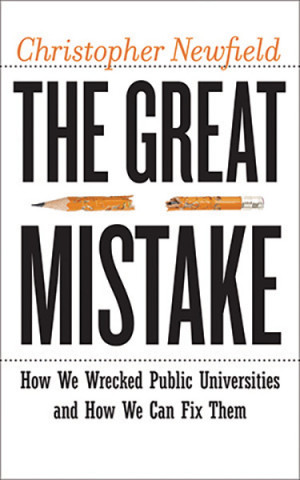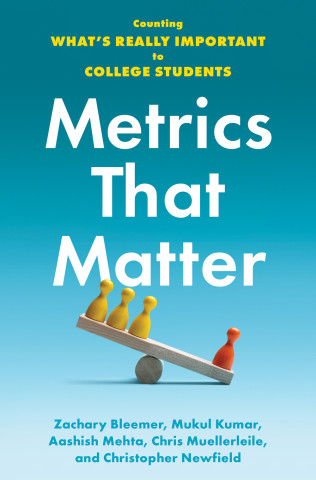Most of the UCOF recommendations summarize common sense that has been around for years (seek administrative efficiencies . . .) If they are proposed as solutions, one wants to identify the problem that they seek to solve.
The Commission was created after the Regents at their July 2009 heard testimony from all of the chancellors that suggested decline on the campuses was fairly far along. The responses of the Regents made it clear that, at least for those that spoke, this came as a real surprise. In evaluating the new UCOF materials, you may want to look at our list of the problems the Chancellors' identified, and decide the extent to which the current recommendations address them.
The same goes for comparing the recommendations to the analysis offered by the Commission's most knowledgeable guest, Jane Wellman of the Delta Project (my notes on her testimony are here, and a backgrounder on her research is here). Do the recommendations address UC problems in this national framework?
There is nothing new in the financial or budgetary recommendations. It is unfortunately still largely captured in my comments on First Round recs, on the continuing embrace of the high-tuition model. High tuition is clearly the path of mental least resistance. But since 7% annual increases bring in-state tuition to about $21,000 per year by 2020, and 10% will bring it to $28,000, it is irresponsible for UC officials to continue never to discuss in public the declining political support that high tuition has and will continue to create. In other words, is the first funding recommendation - the multi-year advocacy campaign to raise public support - undermined by the tuition-raising fiscal solution? I can't have confidence in a planning process that doesn't at least take the question seriously.
Be that as it may, note the norm established by the UCOP budget slides that start the June 14 materials. Slide 9 shows UC closing the budget gap. How? The (mislabeled?) slide 8 establishes a 3% annual general fund increase standard, yielding an additional $790 million - about $120 million less than the need to close the gap this year - over a period of ten years. Slide 8 establishes a base of 7% annual fee increases. Slide 8 also throws in an additional $200 million in annual revenues from an unrestricted endowment. At a 3% payout this would require that UC raise a new endowment of $6.6 billion in the next ten years, and that its fundraising go from about 98% restricted to 100% unrestricted, starting now. This scenario is completely unrealistic. The scenario for state GF increases is a self-fulfilling admission of defeat.
These slides frame the supposed UCOF break with conventional UC wisdom with the core of that conventional wisdom -- the existing funding model, in which familiar 7-10% tuition increases coexist with decline in educational resources.
The recommendations that would change how UC works are those from the COVC (p 113), and they should be read very carefully.
Overwhelming votes
5 hours ago




0 comments:
Join the Conversation
Note: Firefox is occasionally incompatible with our comments section. We apologize for the inconvenience.